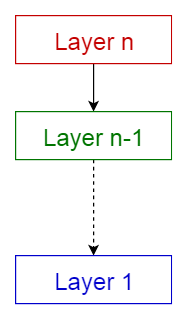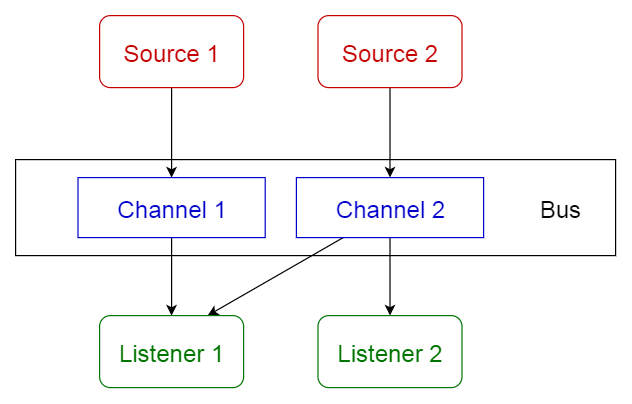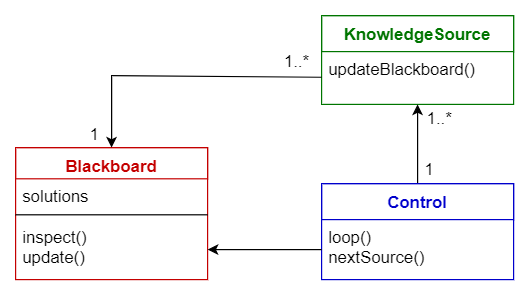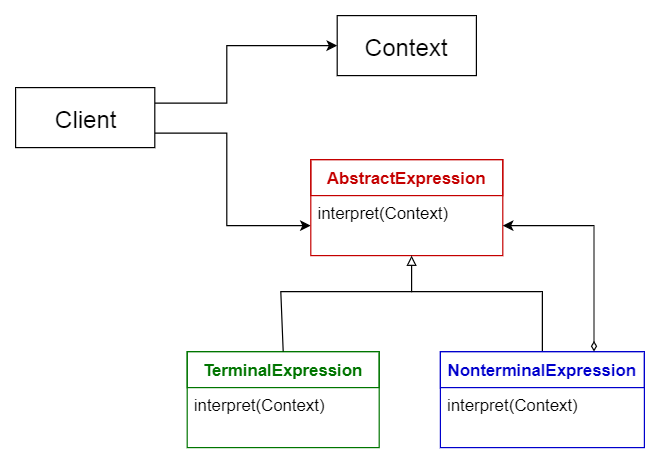In Chapter 3 of “Apprenticeship Patterns: Guidance for the Aspiring Software Craftsman,” entitled “Walking the Long Road,” the focus lies on recognizing that achieving mastery in fields like software development is a gradual process demanding persistence, endurance, and ongoing education.
The chapter opens by stressing the importance for aspiring craftsmen to accept that attaining mastery is not an immediate goal but rather a journey that unfolds over time. It underscores the comparison to a lengthy road trip, where the adventure itself holds equal importance to reaching the final destination. This change in mindset is essential for newcomers to the realm of software development, aiding them in valuing the journey of honing their skills and achieving expertise.
Following this, the chapter presents the “Long Road” pattern, advocating for prioritizing long-range growth over pursuing immediate rewards or quick fixes. It stresses the significance of establishing realistic objectives, fostering a mindset of continuous improvement, and dedicating oneself to regular practice and enhancement of skills throughout the journey.
An interesting element of this chapter lies in its focus on the importance of persistence and fortitude when confronted with difficulties and setbacks. It underscores the certainty of facing obstacles during the pursuit of mastery and urges readers to perceive these challenges as chances for personal development rather than excuses to surrender.
Additionally, the chapter offers actionable guidance on effectively traversing the lengthy journey. It recommends approaches like seeking mentorship, engaging with communities of practitioners, and embracing intentional practice to expedite the process of learning and skill refinement.
In summary, Chapter 3 of “Apprenticeship Patterns” underscores the essential components of achieving mastery in software development, emphasizing the need for commitment, endurance, and an appreciation for the process. By embracing the philosophy of “walking the long road” and heeding the chapter’s advice, aspiring software craftsmen can embark on a journey toward ongoing advancement and eventual expertise in their field of choice.
Ultimately, this pattern can inspire a more sustainable and fulfilling approach to your intended profession, one that emphasizes continuous learning, resilience, and a commitment to long-term improvement.




